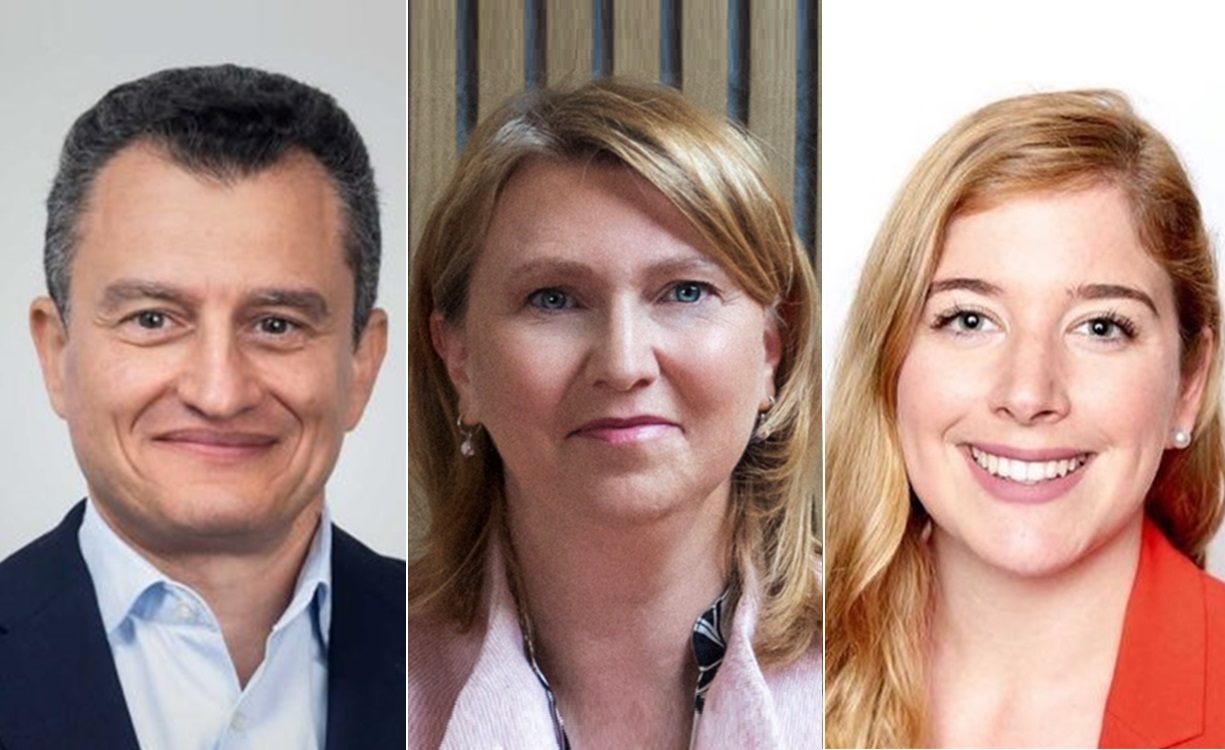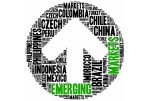Potential of Development Finance and Blended Finance still underestimated
Potential of Development Finance and Blended Finance still underestimated

This webinar report was originally written in Dutch. This is an English translation.
Emerging countries are facing a structural shortage of capital to finance climate solutions and other sustainable goals. As a result, financing structures that bring together public, semi-public and private capital are increasingly gaining attention: Development Finance and Blended Finance. During a recent webinar, Financial Investigator took a closer look at these forms of financing.
By Esther Waal
Olivier Cassin from bfinance, Elvira Eurlings from ILX Management and Leticia Ferreras Astorqui from Allianz Global Investors participated in the webinar as experts.
What is Development Finance?
Elvira Eurlings: ‘Development Finance is about financing companies, projects or banks that have a significant impact on economic development in emerging and developing countries. This type of financing is often provided by multilateral development banks (MDBs) and development finance institutions (DFIs). A characteristic feature is that the loans are always accompanied by conditions and contractual guarantees to ensure the financial health of the final borrower.
Is blended finance a sub-asset class?
Leticia Ferreras Astorqui: ‘Blended finance is not a separate asset class, but a technique within the broader framework of development finance. Many institutional investors want to contribute to sustainable development and diversify their portfolios, but often find the risks of emerging markets too high. Blended finance offers a solution by creating partnerships between governments and investors, with government institutions providing a form of risk mitigation or credit enhancement, for example through a ‘first loss’ component. This allows investors to invest in emerging markets without being fully exposed to the risks prevailing there.
How do institutional investors view this type of financing?
Olivier Cassin: ‘It is still underestimated by institutional investors, but we are seeing growing interest. That is why we started researching these forms of financing last year. We believe they have potential.’
Eurlings: ‘The arguments in favour of Development Finance for our investors are clear: on the one hand, a solid financial return and, on the other, a social return.’
Ferreras Astorqui: ‘There are two other important aspects that make Blended Finance and Development Finance attractive to institutional investors. Firstly, there is a great need for capital in emerging markets, whether for sustainable development, economic growth or support for the climate transition. This offers investors not just a one-off investment opportunity, but a scalable one. Secondly, Blended Finance responds to the relationship between risk, return and impact. For investors who are reluctant to invest in sub-investment grade EMD, Blended Finance offers a more accessible alternative. Thanks to structures such as first-loss protection or guarantees from public partners, Blended Finance can offer institutional investors an investment grade risk profile. In addition, blended finance makes it possible to diversify into emerging markets.
Cassin: ‘These strategies are indeed effective in mobilising private capital for sustainable projects in developing countries, especially in low- and middle-income countries. Investments in loans through DFIs and MDBs are less volatile and cyclical than other sub-investment grade assets. The risks are largely mitigated by the involvement of MDBs and DFIs. These institutions play a crucial role in structuring, signing and managing the loans. This limits the credit risk, including the risk of default. MDBs also provide political risk mitigation. However, currency risk is an important consideration. In periods of currency stress, it is crucial that fund managers actively and adequately manage this risk.
What are the expected returns for Development Finance and Blended Finance?
Eurlings: ‘Over the past 30 years, the historical returns for this asset class have generally consisted of a variable risk-free interest rate plus 400 to 500 basis points.
Ferreras Astorqui: ‘The target returns are determined by comparing the investments with, for example, the Emerging Market Index with an investment grade profile, and by adding an extra return that compensates investors for the illiquidity and complexity risks associated with them.
Where does this asset class fit into the portfolio?
Cassin: ‘We are talking about long-term investments, often with maturities of 10 to 15 years, which makes them particularly suitable as a complement to institutional investors’ private credit portfolios. We see a role here for large and medium-sized pension funds, as these strategies can serve as strong diversification tools. Despite the limited track records available, we have observed returns of around 4% above SOFR, with default rates of between 3% and 5% and recovery rates of 75% to 80%, indicating a solid illiquidity premium. In addition, these are impact investments, often in underfunded countries and sectors. This not only ensures geographical diversification, but also diversity in the type of projects. Think of sustainable infrastructure, energy or other development-oriented sectors. This combination of diversification, impact and structure can make it attractive for pension funds and, thanks to the risk-mitigating characteristics of Blended Finance, also for insurers.
Is it an impact investment?
Eurlings: ‘Yes, absolutely. The MDBs provide us with detailed and structured impact data on a quarterly basis. This gives us clear reports on loans to banks with specific objectives, such as financing female entrepreneurs. For solar and wind energy projects, we receive data on CO₂ emissions avoided and jobs supported, and for companies, we receive data on water consumption. These impact results are contractually agreed between MDBs and end customers, which ensures transparency and accountability.'
Cassin: ’Not all products are the same, nor do they all claim to have an impact. Some, for example, do not fall under Article 9, but that is not necessarily decisive for us. What we focus on is intentionality and additionality. DFIs explicitly focus on development impact – whether it's job creation, financial inclusion, renewable energy or food security. There are good arguments for the added value they deliver, as intentionality is not only present but forms the foundation of every investment decision a DFI makes.
What can be said about additionality and measurability?
Ferreras Astorqui: ‘Providing liquidity in capital-scarce markets is in itself a form of additionality. But through Blended Finance and Development Finance, a real contribution can be made to closing the significant financing gap, particularly around climate transition and sustainable infrastructure. Cooperation with DFIs and multilateral institutions is crucial. Measuring impact and additionality is complex, but indispensable – not only for accountability, but also to determine where our capital can make the most difference.'
What is the impact of the global decline in attention to sustainability and climate?
Ferreras Astorqui: ‘We are indeed seeing reduced commitment from certain governments and development organisations, which highlights the need to mobilise more private capital. Fortunately, many institutional investors remain actively committed to climate goals and decarbonisation, despite geopolitical shifts. This gives hope and underlines the importance of innovative forms of cooperation between public and private capital.’
Eurlings: ‘Public funding is under pressure. However, in regions such as Asia, where growth is mainly driven by domestic demand, and in parts of Africa, such as East Africa, we see strong growth prospects, certainly also for private sector financing. Opportunities also remain in Latin America, despite the possible effects of US policy. We are therefore optimistic about the investment opportunities.
|
Moderator Harry Geels, Senior Investment Advisor, Auréus Participants Olivier Cassin, Managing Director, Head of Investments and Research, bfinance Elvira Eurlings, Chief Investment Officer, ILX Management Leticia Ferreras Astorqui, Director, Development Finance & Impact Credit, Allianz Global Investors |









